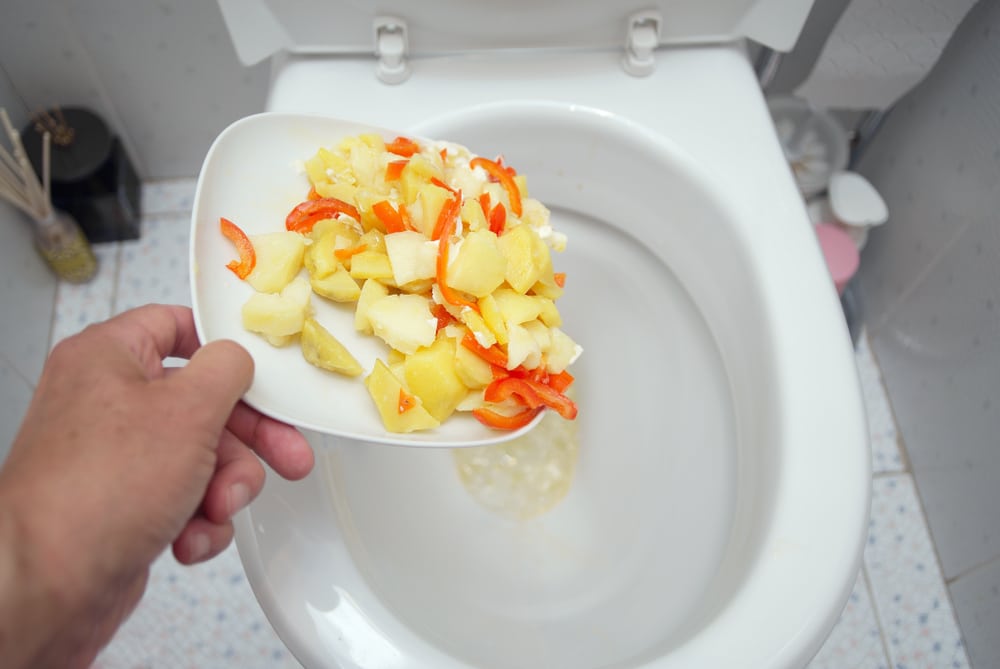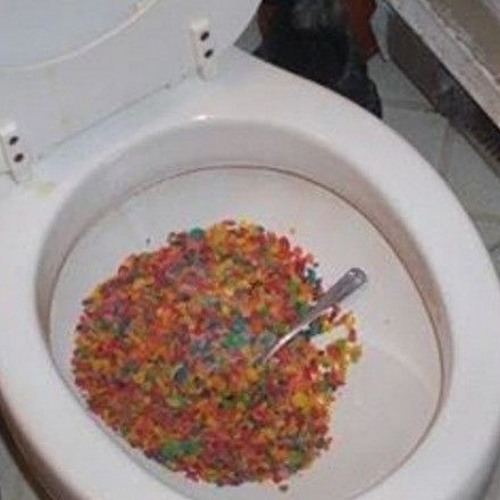Can One to Flush Food in the Toilet?
Can One to Flush Food in the Toilet?
Blog Article
This post below on the subject of What Can Happen If You Flush Food Down the Toilet? is really motivating. Give it a try and draw your own personal results.

Introduction
Many people are often confronted with the issue of what to do with food waste, especially when it concerns leftovers or scraps. One typical inquiry that arises is whether it's fine to purge food down the bathroom. In this write-up, we'll look into the reasons that individuals might think about flushing food, the consequences of doing so, and alternate techniques for proper disposal.
Reasons why people might consider flushing food
Absence of understanding
Some individuals might not recognize the prospective harm caused by purging food down the toilet. They may mistakenly believe that it's a safe technique.
Comfort
Purging food down the bathroom may feel like a quick and simple solution to dealing with undesirable scraps, especially when there's no close-by trash bin readily available.
Negligence
Sometimes, people may simply select to flush food out of sheer laziness, without considering the effects of their activities.
Consequences of flushing food down the commode
Environmental impact
Food waste that winds up in waterways can add to air pollution and harm aquatic ecological communities. Furthermore, the water used to flush food can strain water resources.
Pipes concerns
Purging food can bring about clogged pipelines and drains, causing pricey plumbing repair work and hassles.
Kinds of food that must not be flushed
Fibrous foods
Foods with coarse structures such as celery or corn husks can obtain entangled in pipes and cause clogs.
Starchy foods
Starchy foods like pasta and rice can absorb water and swell, causing clogs in pipelines.
Oils and fats
Greasy foods like bacon or food preparation oils must never be flushed down the bathroom as they can solidify and create blockages.
Correct disposal methods for food waste
Utilizing a waste disposal unit
For homes furnished with garbage disposals, food scraps can be ground up and purged with the plumbing system. Nevertheless, not all foods are suitable for disposal in this manner.
Recycling
Specific food packaging materials can be recycled, reducing waste and minimizing environmental impact.
Composting
Composting is an environment-friendly way to get rid of food waste. Organic products can be composted and made use of to improve soil for horticulture.
The significance of appropriate waste monitoring
Reducing ecological injury
Correct waste administration methods, such as composting and recycling, assistance reduce air pollution and protect natural deposits for future generations.
Shielding plumbing systems
By staying clear of the method of flushing food down the commode, home owners can avoid expensive plumbing repair services and preserve the integrity of their pipes systems.
Final thought
In conclusion, while it might be tempting to flush food down the toilet for comfort, it is very important to understand the prospective consequences of this activity. By taking on proper waste monitoring practices and getting rid of food waste responsibly, people can contribute to healthier pipes systems and a cleaner atmosphere for all.
THINK TWICE BEFORE FLUSHING FOOD DOWN YOUR TOILET IN FALLBROOK CA
Let’s be honest, we’re really supposed to be tossing rotten or leftover food in the compost bin or trash can. But many people like to place scraps of food down the drain of, say, their kitchen sink. That’s why the garbage disposal was invented: so we can continue to place certain foods down the drain without clogging our drain in the process. Smart.
But not all of us have the luxury of having a garbage disposal installed. So, you might continue to shove food down your sink drain anyway – or worse: you might flush them down your toilet! If you’re guilty of doing the latter, you’re going to want to stop, and here’s why:
Toilet Drains Aren’t Designed to Handle Food!
There’s your answer: food just doesn’t belong in your toilet. It may seem like your toilet drain is wider than the drains of your sinks, but truth be told, that isn’t actually the case. The narrower pipes of your toilet leave your plumbing at risk for clogging if you do happen to flush your food. In addition, food doesn’t break down as quickly that toilet paper and human waste do. In turn, this leaves your toilet at risk for a nasty clog.
Although a flush of a tiny pinch of food every now and then isn’t going to completely damage your toilet, there are certain foods that should absolutely not be flushed in your toilet at all. These include starchy foods like mashed potatoes, grains, hard pieces of food that are slow to break down, and fats and oils.
The latter categories of food are particularly problematic as they may harden, expand as they absorb water, break down slowly in your system, or generally create the perfect obstruction with their gelatinous composition. These are all things you don’t want in your plumbing system!
Experiencing a Toilet Clog?
Nobody’s perfect, and we all make mistakes. Sometimes one of the mistakes people make is flushing food down their toilet and later realizing that it wasn’t the best thing to do once they see that their toilet is now clogged. Uh-oh!

As an enthusiastic reader about Think Twice Before Flushing Food Down Your Toilet, I assumed sharing that post was sensible. Sharing is caring. You never know, you will be helping someone out. We appreciate reading our article about Flushing Food Down the Toilet?.
Contact Us Report this page